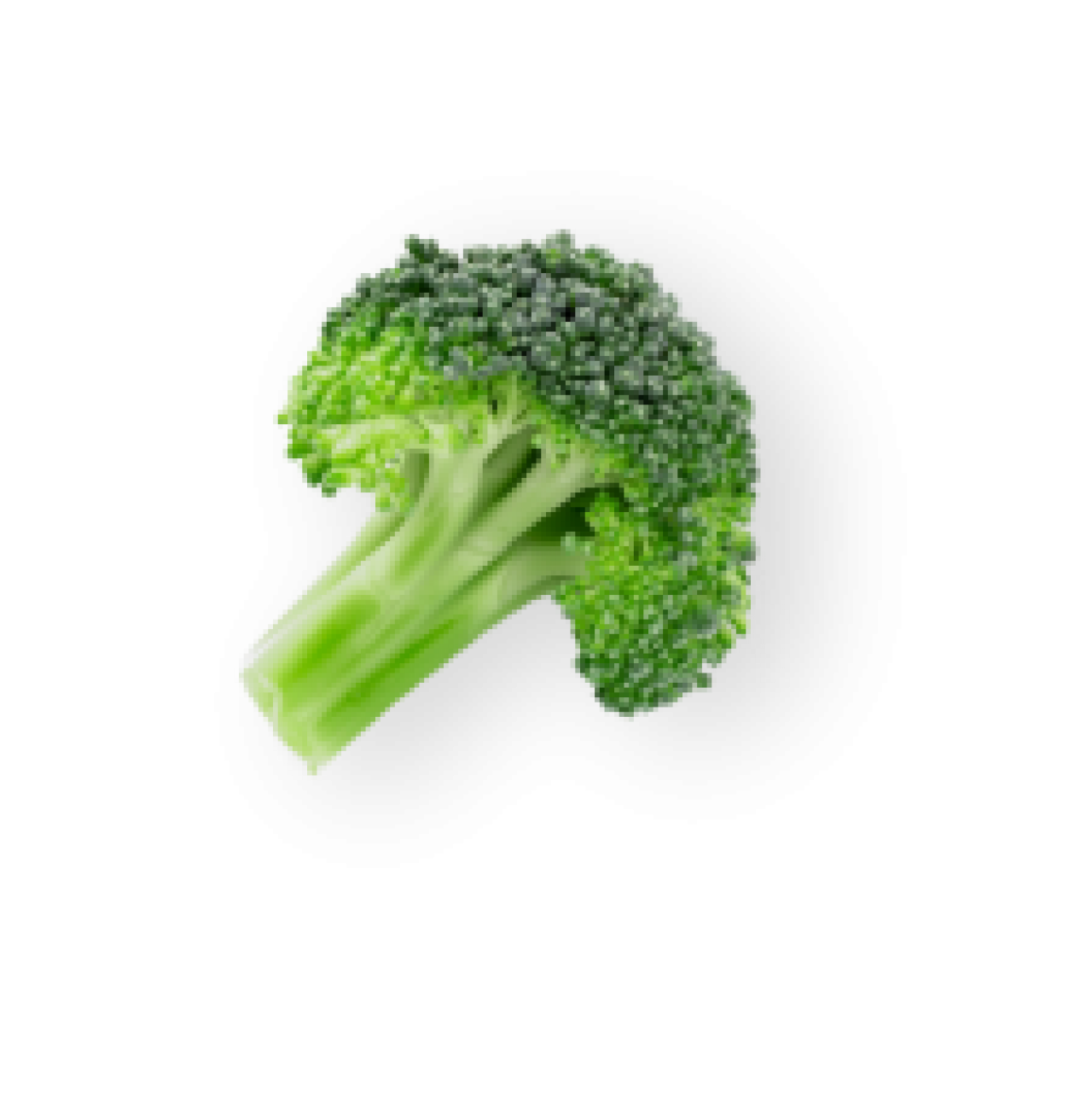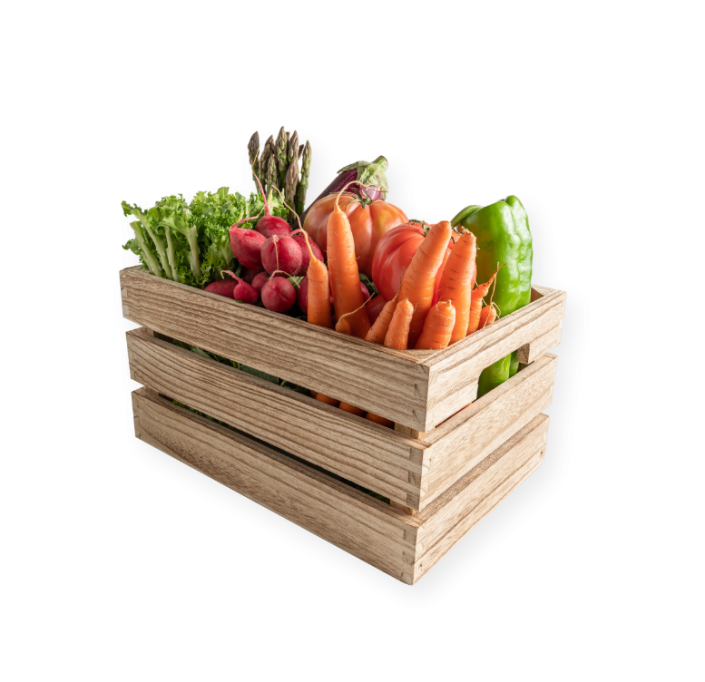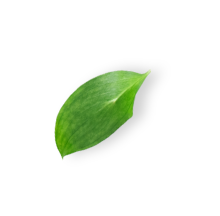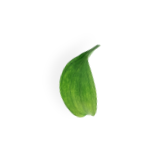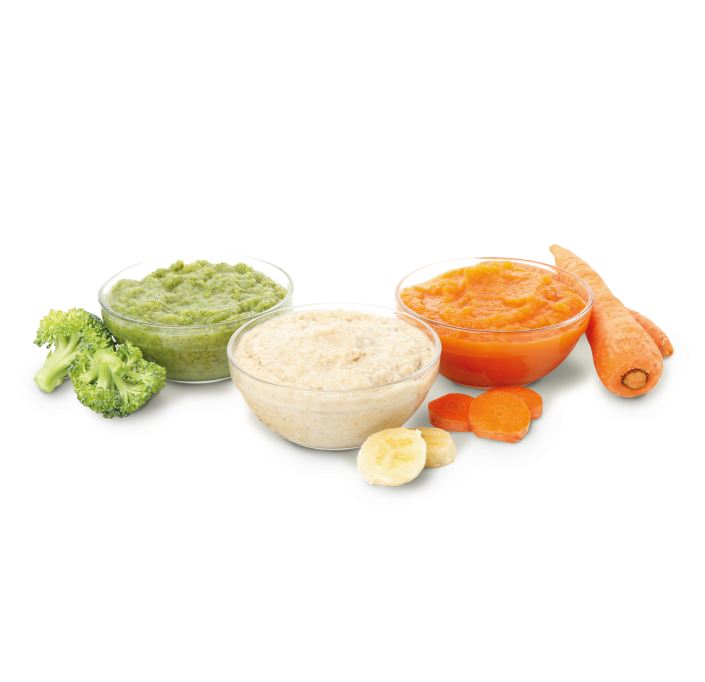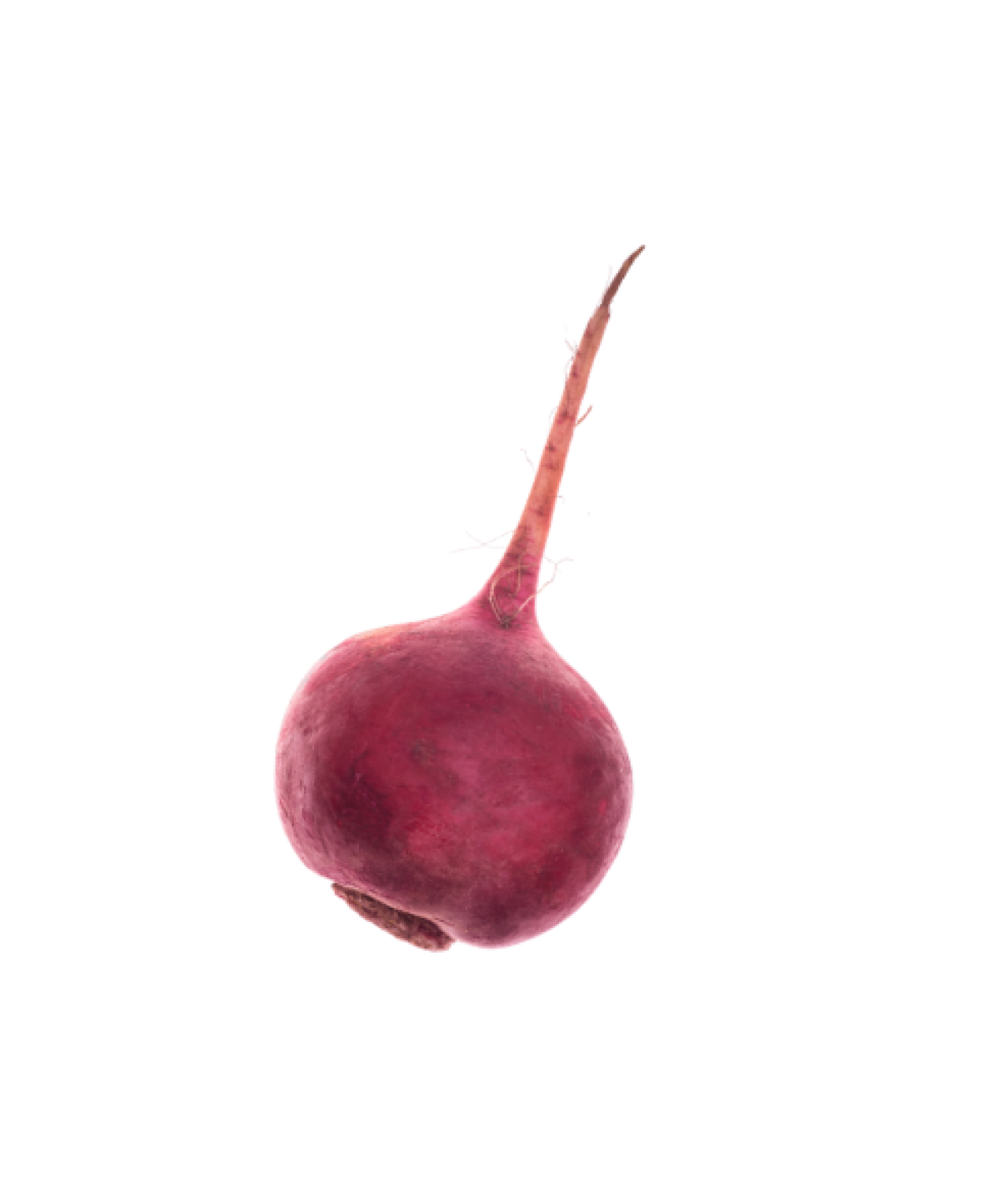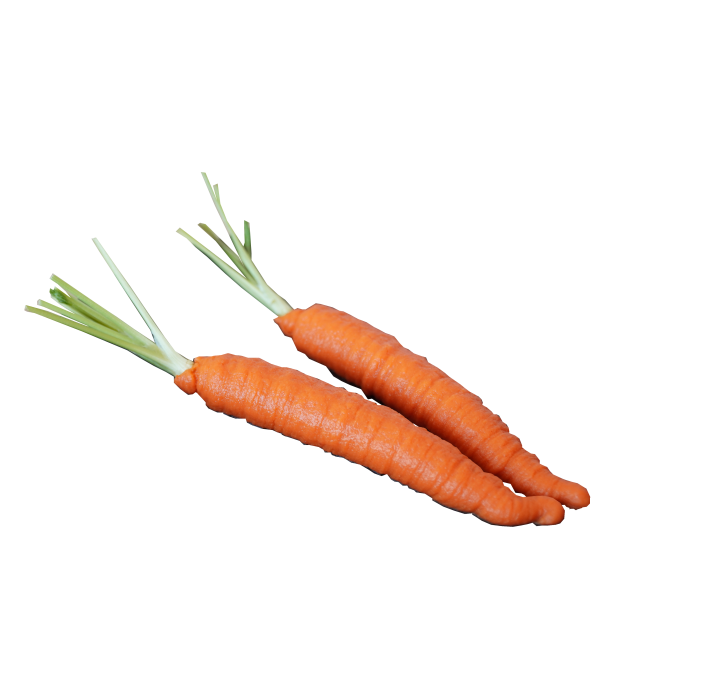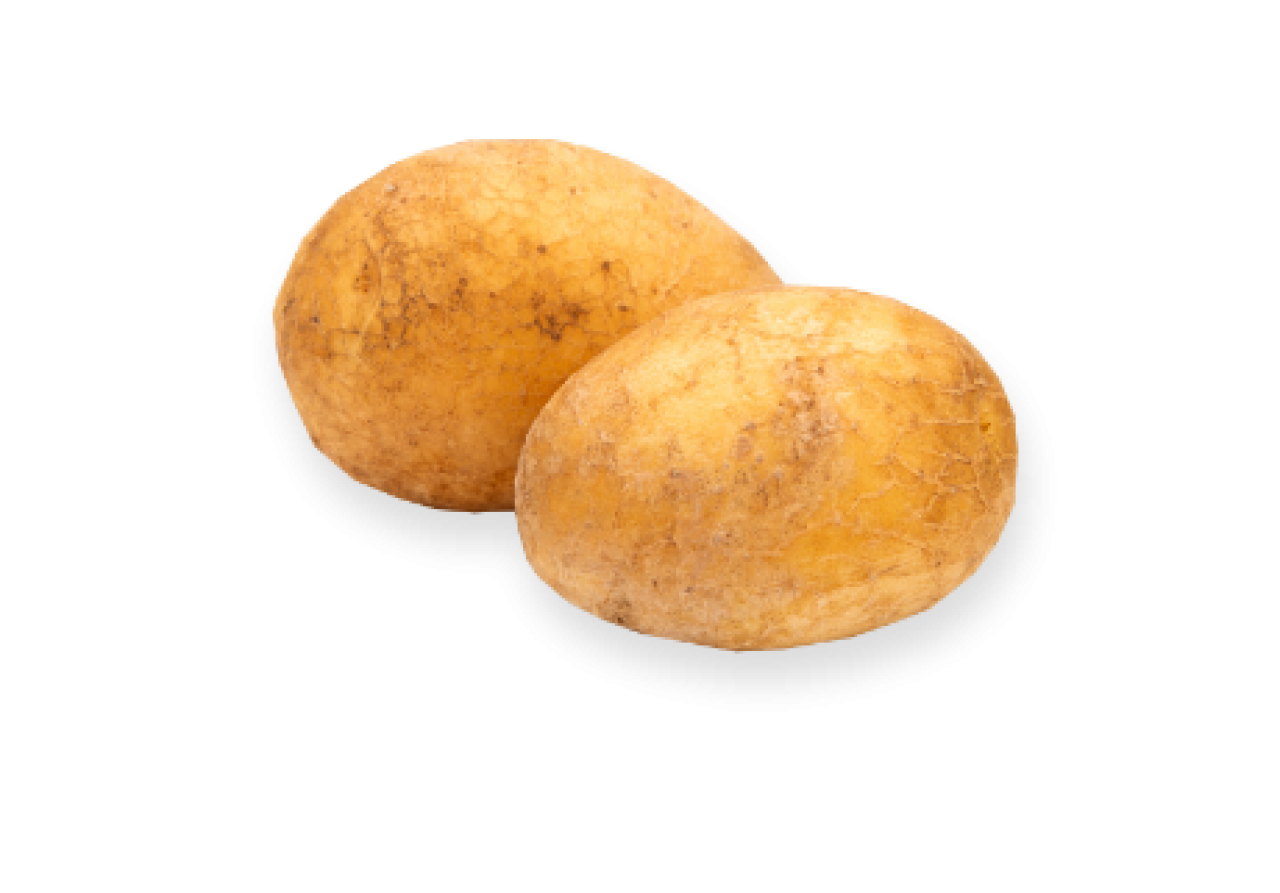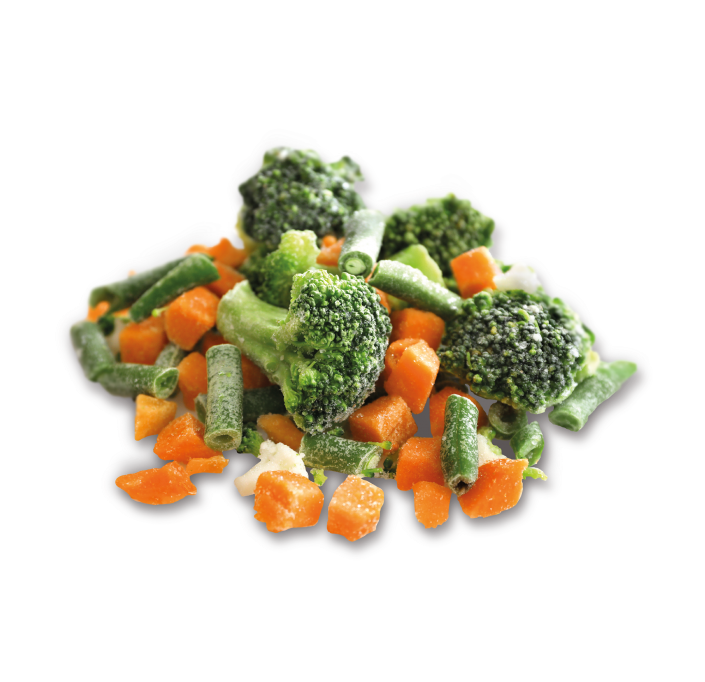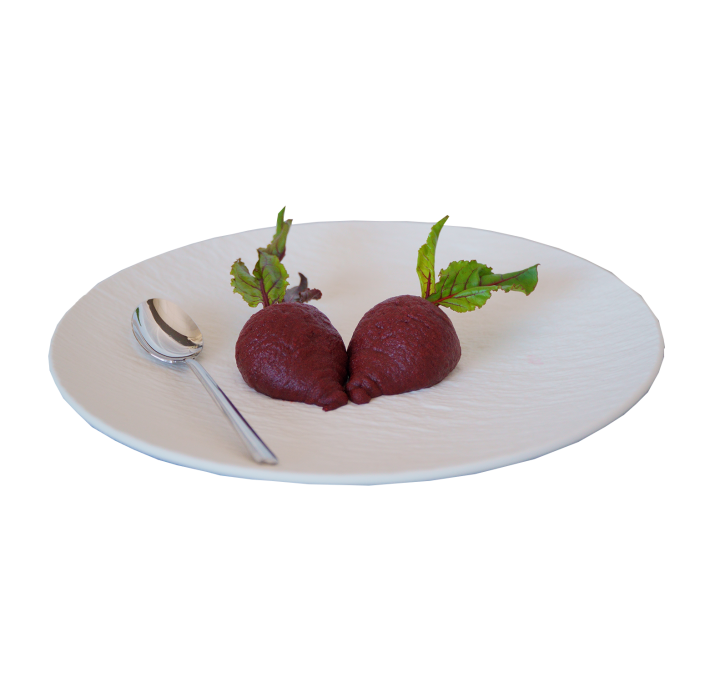3D food is produced by Gastronology licensees. You may even become one of them in due course. As our partner you have 3 options:
Complex premixes
You purchase flavour, colour and binding agent premixes. You then prepare the recipes and print the 3D food as a Gastronology licensee.
3D ready-to-print semi-finished products
You purchase semi-finished products, consisting of food purées including premixes. You then print the 3D food as a Gastronology licensee.
3D printed end products
You purchase end products. You subcontract the manufacture of the 3D food entirely to a Gastronology licensee. In that case you do not need a licence.
As a licensee you are entitled to use our Gastronology 3D food technology, including 3D food recipes, 3D product designs and 3D preparation techniques. In return you will pay a fee for each unit sold/used. If applicable you will add the Gastronology name to your product packaging. The licensee also pays for the investments in software and hardware.
